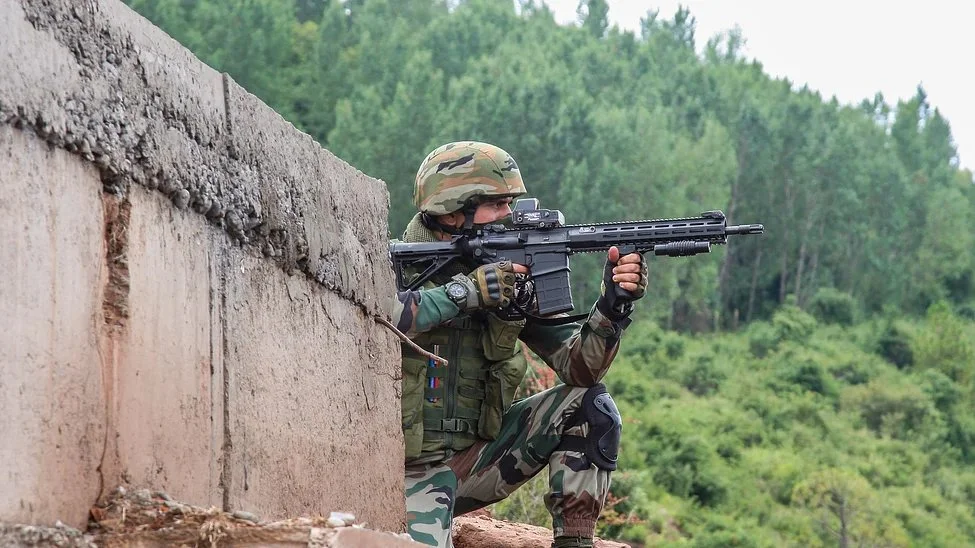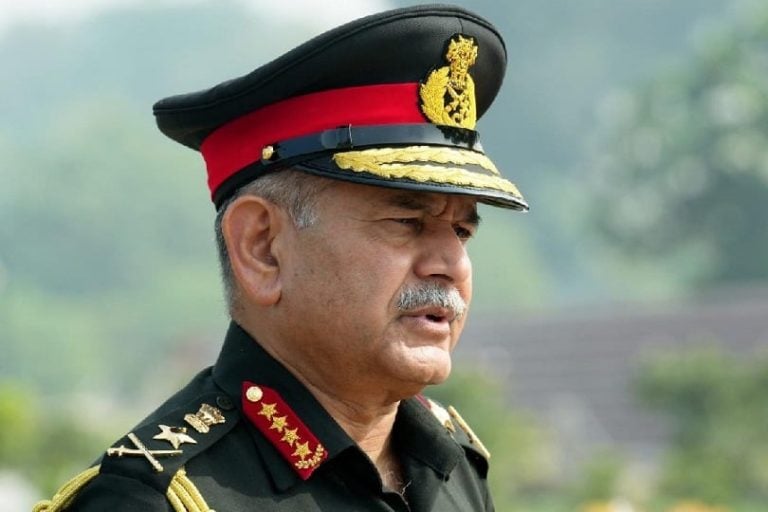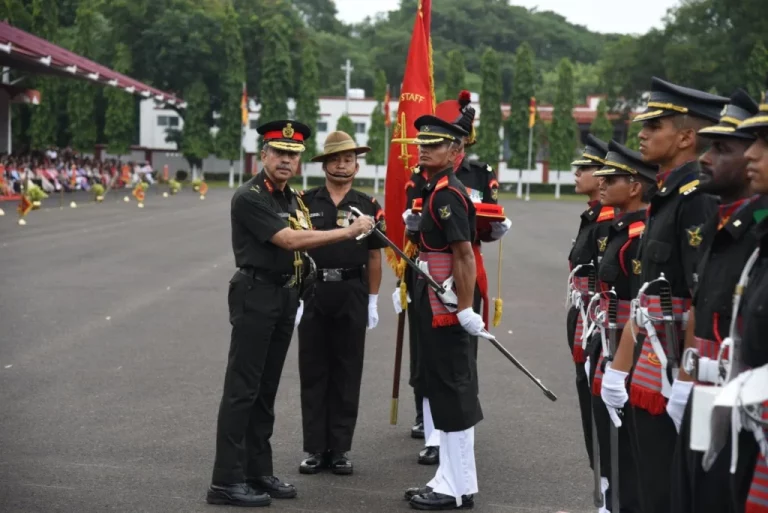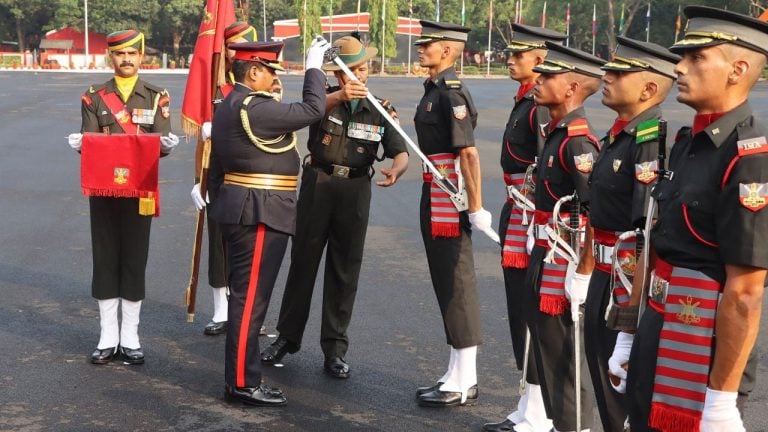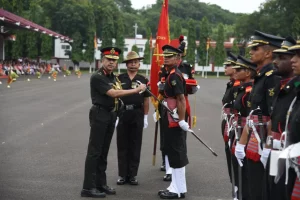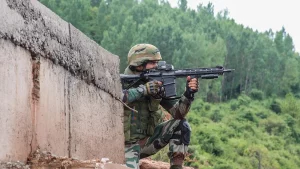The Indian Armed Forces, consisting of the Army, Navy, and Air Force, have developed a diverse arsenal of assault rifles, influenced by the need for operational readiness and self-reliance initiatives like Make in India. This evolution is not only essential for meeting the demands of various terrains, such as high-altitude borders and urban combat zones, but also for addressing changing strategic priorities.
The journey began with the INSAS rifle introduced in the late 1990s and has progressed toward contemporary acquisitions such as the AK-203 and SIG 716. Currently, the armed forces are in the process of phasing out older models like the INSAS, transitioning to modern rifles with improved ergonomics and effectiveness. As of 2025, ten significant assault rifles are actively serving the Indian military, each with its historical context, specifications, and operational roles.
The INSAS Rifle, developed in the mid-1980s, entered production in 1997 and was deployed during the Kargil War. Despite its longstanding service in counter-insurgency operations, the rifle has faced criticism for reliability issues, leading to its gradual replacement by newer models.
Conversely, the AK-203, a modern derivative of the AK-74M, was co-produced with Russia following a joint venture established in 2019. With a lightweight design and a high rate of fire, the AK-203 directly replaces the INSAS for frontline infantry roles, showcasing robustness in adverse conditions.
Another notable rifle is the SIG 716i, which has been increasingly adopted since 2019 for its enhanced stopping power, particularly effective in high-threat environments. Its procurement signifies a shift toward modular and adaptable designs capable of meeting diverse operational demands.
The IWI Tavor TAR-21, a bullpup rifle favored by special forces, excels in close-quarters combat scenarios. Its compact design makes it suitable for urban operations, further amplifying the versatility of the Indian military’s arsenal.
The M4 Carbine, derived from the M16A2, has become a staple within special forces due to its reliability and modularity. It has seen use in operations both domestically and internationally, maintaining its position as a favored choice for elite units.
In addition, the AK-103 has found its niche within the Air Force and special forces, complementing the ongoing rollout of the AK-203. It underscored the Indian Army’s commitment to modernizing its capabilities with efficient weapons.
The FN SCAR-L also plays a crucial role, employed by special forces for its modularity and precision. Its adaptability caters to the operational needs of elite units in high-risk situations.
Despite the push toward modern weapons, older models like the AKM continue to serve in secondary roles due to their proven durability in rugged environments. Similarly, the domestically developed Ghatak Assault Rifle, based on the AKM design, addresses specific counter-insurgency needs, showcasing India’s capacity for indigenous manufacturing.
Lastly, the Excalibur Rifle, developed from the INSAS, attempted to rectify earlier reliability issues; however, it has seen limited adoption, primarily in auxiliary military and police roles.
As India progresses toward a well-equipped and self-reliant military, the ongoing procurement and phased introduction of advanced assault rifles reflect a strategic focus on enhancing operational capabilities while ensuring readiness for both domestic and international challenges.


